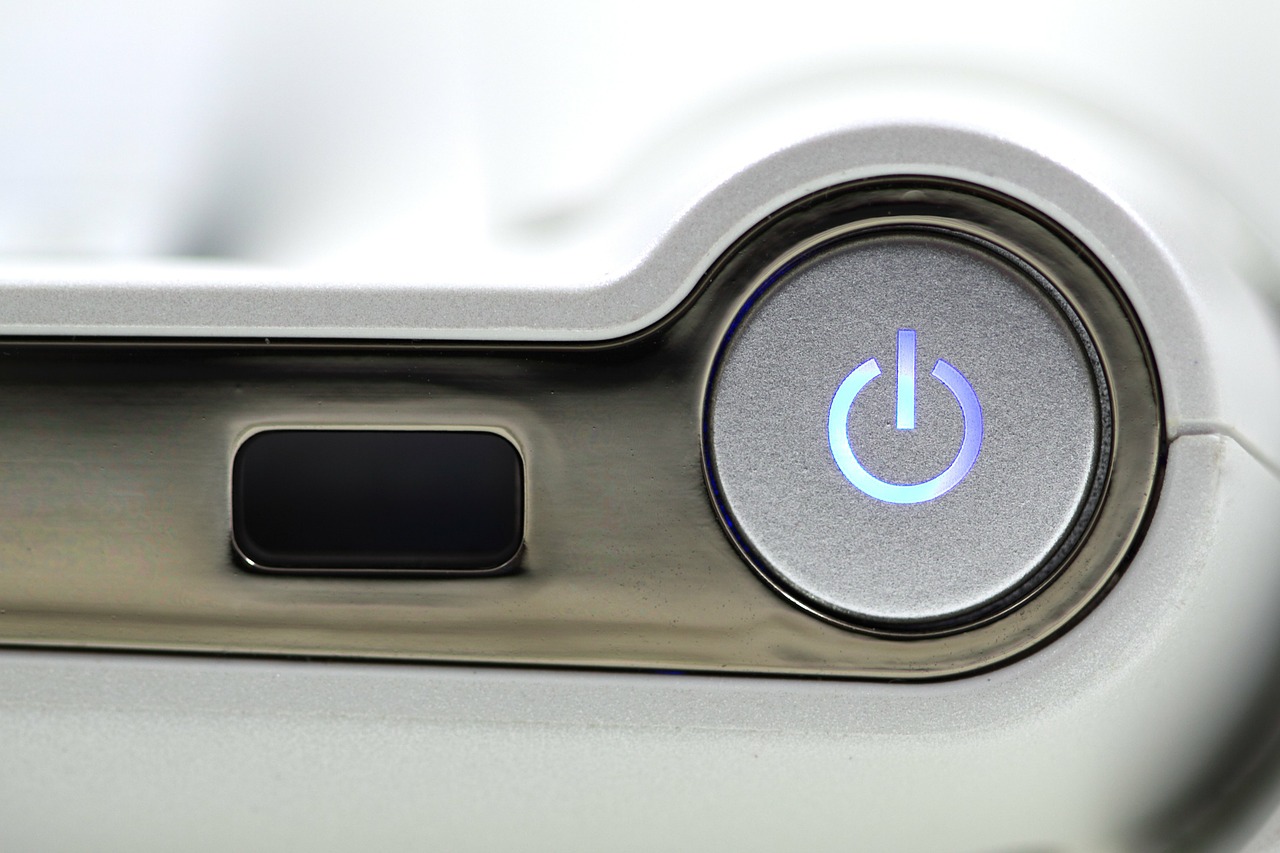 NEWS
NEWS
 NEWS
NEWS
 NEWS
NEWS
I own a Samsung Series 5 Ultrabook which I bought in 2013. At the time, it had reasonably good battery life; I got around six hours of mixed use out of it, which was adequate for dashing off to a few out-of-office meetings in a row without having to bother lugging the charger along.
Fast forward a few years, and my laptop’s battery now lasts around two and a half hours, at best. This is normal as, over time, laptop batteries, like mobile phone batteries, lose their ability to hold a charge. This means that even though the battery is charged to 100 percent, it actually holds less power than when it was new.
via Microsoft
I now travel a lot and my laptop’s limited battery life is becoming an issue. But just how much capacity has my laptop’s battery lost, and is it really necessary/worth my while to replace it?
Windows 7 will actually tell you when your laptop battery is no longer holding a full charge. Once your battery gets down to 40 percent of its original capacity (it can only hold 40 percent or less of what the manufacturer specified as the 100 percent capacity when the battery was new), Windows will display a notification that says “Consider replacing your battery.” I’ve been unable to confirm if this feature was carried over to Windows 8 or Windows 10.
If, like me, you’d rather not wait for the Windows-generated notification, you can generate a battery report following a few easy steps.
The battery report contains quite a bit of information, including battery life estimates, battery capacity history, usage history, recent use for the last three charge cycles, and more.
What we’re trying to find out is what our laptop’s full charge capacity is now, versus what its capacity was when it was brand new. For that, you need to look at Full Charge Capacity vs. Design Capacity under the Installed Batteries section.
![]()
For my laptop, the battery’s Design Capacity is 45,140 mWh and the current Full Charge Capacity is 28,860 mWh, or just over 63 percent of its original capacity — not too bad for a three-year-old battery.
At around $97 for a new battery, I may consider getting a new battery fitted in the coming months as my laptop is still adequate for my needs and the cost of replacing it with a similarly-spec’d or slightly upgraded device is eight- or nine times the cost of a new battery.
Depending on the results for your battery, you may want to consider having it replaced at a manufacturer service center or other reputed repairer. For the best gains in battery life, make sure you get a new battery made by the same manufacturer as your original battery and check that it comes with at least a one year warranty.
Support our open free content by sharing and engaging with our content and community.
Where Technology Leaders Connect, Share Intelligence & Create Opportunities
SiliconANGLE Media is a recognized leader in digital media innovation serving innovative audiences and brands, bringing together cutting-edge technology, influential content, strategic insights and real-time audience engagement. As the parent company of SiliconANGLE, theCUBE Network, theCUBE Research, CUBE365, theCUBE AI and theCUBE SuperStudios — such as those established in Silicon Valley and the New York Stock Exchange (NYSE) — SiliconANGLE Media operates at the intersection of media, technology, and AI. .
Founded by tech visionaries John Furrier and Dave Vellante, SiliconANGLE Media has built a powerful ecosystem of industry-leading digital media brands, with a reach of 15+ million elite tech professionals. The company’s new, proprietary theCUBE AI Video cloud is breaking ground in audience interaction, leveraging theCUBEai.com neural network to help technology companies make data-driven decisions and stay at the forefront of industry conversations.